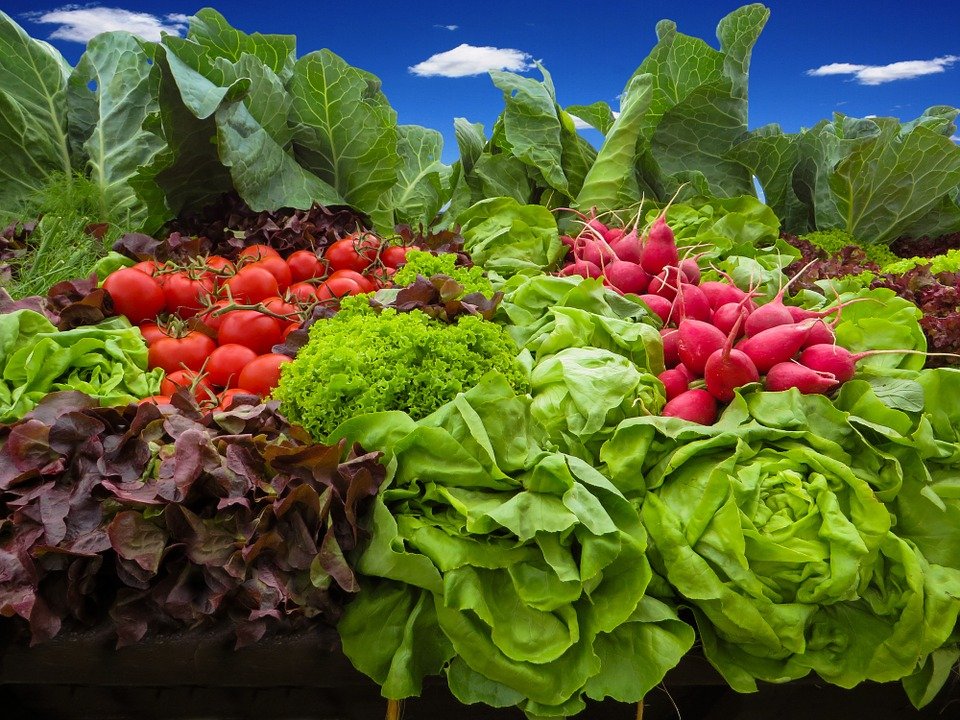
Fuente: Pixabay

Hello dear friends of steemit, thank you for being present on my blog and accompanying with reading my post. As every day Monday I am posting a new informational post of regional organic wines, this interesting information I found while I was browsing the web, I hope it is to your liking and enjoy as much as I did when doing the post.
If it is the first time you visit my blog and you want to follow the thread of the publication I leave the link so that you can do it.

@jlufer/alimentos-organicos-regionales-te-invito-a-conocer-todos-los-secretos-y-beneficios-del-coliflor
@jlufer/alimentos-organicos-regionales-te-invito-a-conocer-todos-los-secretos-y-beneficios-del-apio
@jlufer/alimentos-organicos-regionales-te-invito-a-conocer-todos-los-secretos-del-rabanito
@jlufer/alimentos-organicos-regionales-te-invito-a-conocer-todos-los-secretos-de-la-cebolla
@jlufer/alimentos-organicos-regionales-te-invito-a-conocer-todos-los-secretos-de-la-espinaca
@jlufer/alimentos-organicos-regionales-la-lechuga
@jlufer/alimentos-organicos-regionales-productos-gigantes
@jlufer/alimentos-organicos-regionales-la-acelga
@jlufer/alimentos-organicos-regionales-la-remolacha
@jlufer/alimentos-organicos-regionales-la-zanahoria
@jlufer/alimentos-organicos-regionales-el-pepino
@jlufer/alimentos-organicos-regionales-la-berenjena
@jlufer/alimentos-organicos-regionales-el-tomate
@jlufer/alimentos-organicos-regionales-el-morron
@jlufer/alimentos-organicos-regionales-el-zapallo
@jlufer/alimentos-organicos-el-maiz
@jlufer/alimentos-organicos-regionales-la-mandioca
@jlufer/alimentos-regionales-de-mi-tierra-la-batata

My passion for agriculture began as an 8-year-old child. At that time I lived in a rural area of large-scale land. My father and my grandparents were country people, they knew very well the processes of original planting.
The work of agriculture was to prepare the land for planting, we planted maize, manioc, squash, tomatoes, peppers, different vegetables and vegetables, today I want to share with you all the manual process that we carried out with my grandmother and my mother in planting The "escarole". This procedure is called an organic procedure because no fertilizer or pesticide is used. Only hangover or cow dung.

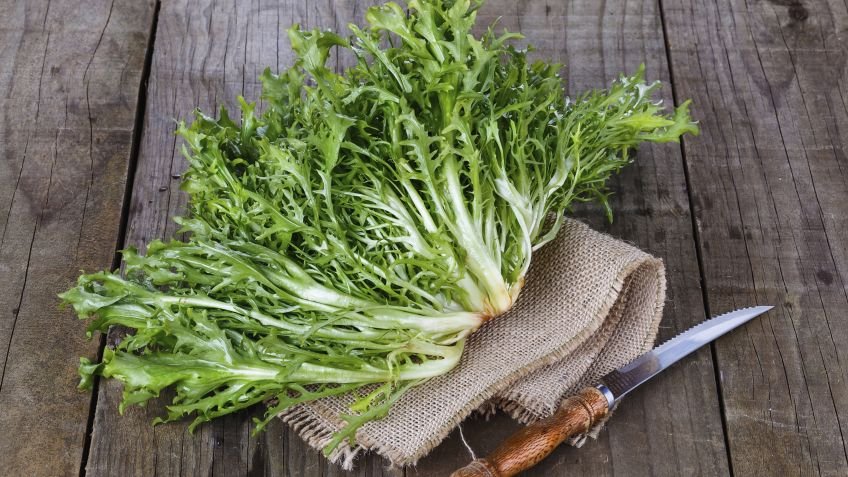
Fuente: https://www.hogarmania.com/jardineria/mantenimiento/huerta/201508/como-cultivar-escarolas-30085.html

This vegetable like all the others has a scientific name "Cichorum endivia" corresponds to the varieties of "asteráceas" commonly called "escarole" according to the place where you are you can hear that they are called "endive" or as in "Cuba" that call them "chicory".
These vegetables were born in the "South Asia" newly arrived in the nineteenth century. The first records of their existence in "America" are known in "America", the countries that produce the most vegetables are: "China, United States and Spain"
There are many varieties of "escarole" and are grouped in two segments of their "smooth leaves and those of curly daughters" of them are the "Cichorium endivia var. Crispa "better known as" endives "and" Cichorium intybus var. Sativus "better known as" Brussels chicory or witloof "
Another way to group them is by their planting season, the "autumn-winter" in these varieties we find the "Angel Hair, Curly Prat and Despa" and the "spring-summer" group the " Summer, Pavia and Fina de Anjou summer race "as we can see there are many varieties of" escarole "today we will see the most traditional.

"Escarola Lisa"

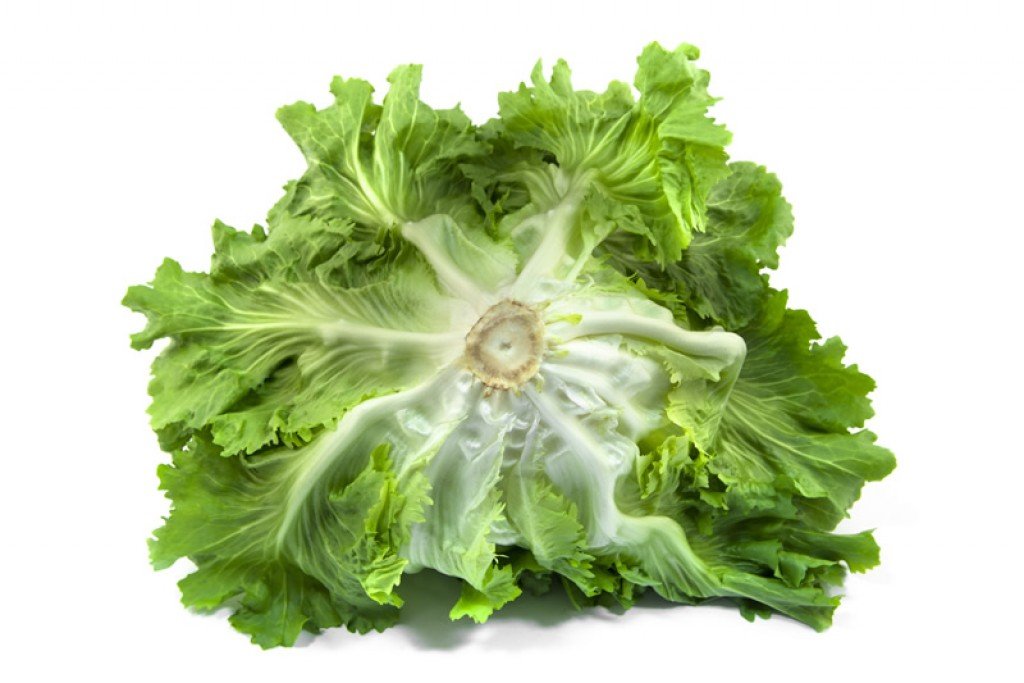
Fuente: http://kernelexport.es/detalle_producto/escarola-lisa-88

"Escarola Rizada"

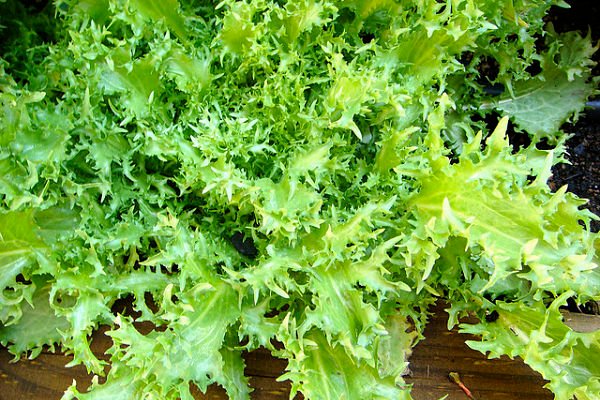
Fuente: http://muyenforma.com/la-escarola-mucho-mas-que-un-simple-vegetal-de-invierno.html

"Escarola Cabello de Angel”

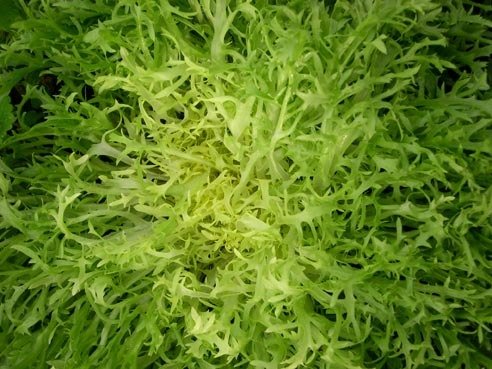
Fuente: http://kokopelli-semences.fr/boutique/semences/feuilles/chicoree

"Escarola Doble de Verano"

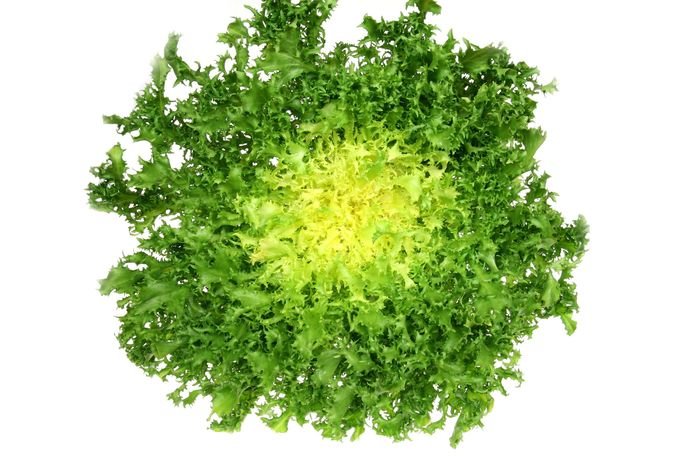
Fuente: http://www.gastronomiavasca.net/es/gastro/glossary/escarola

" Escarola Morada”

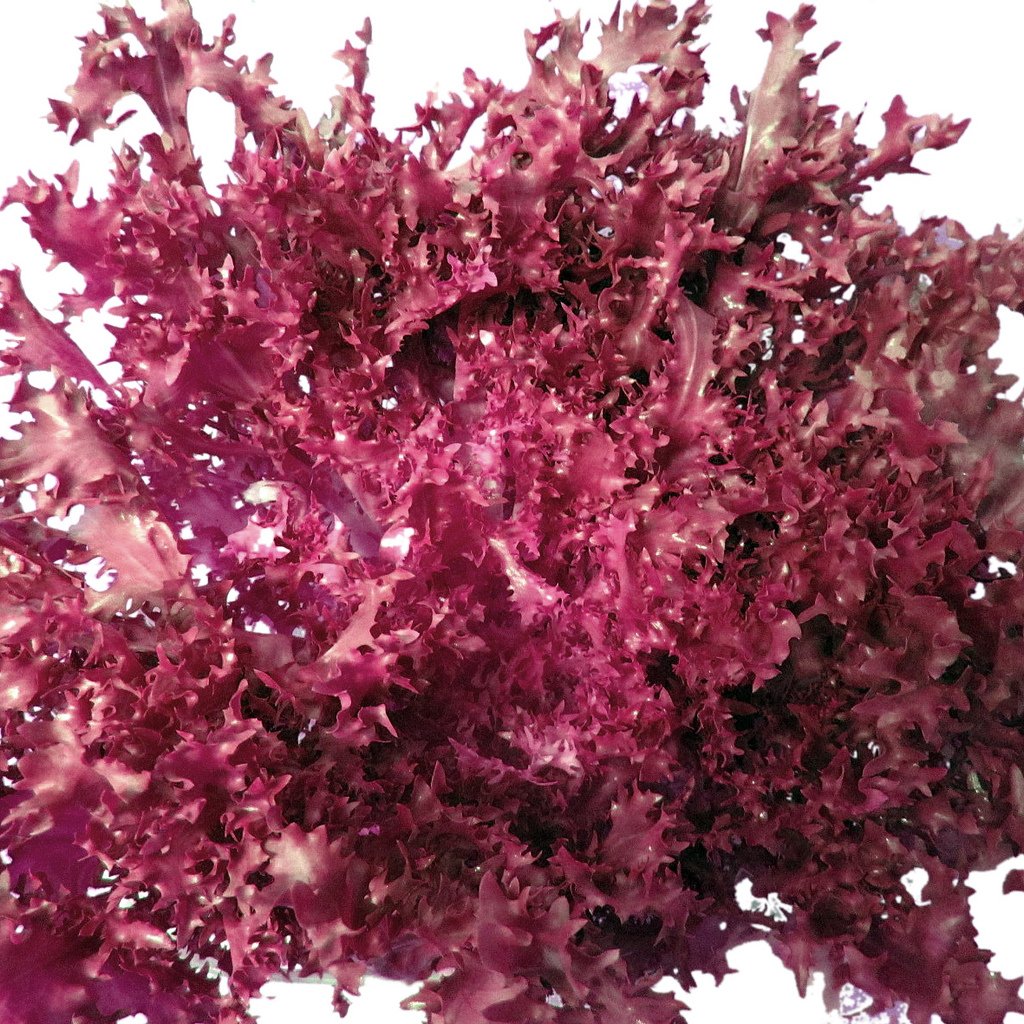
Fuente: https://www.flickr.com/photos/69492141@N06/6732893397

"Escarola Oscura”

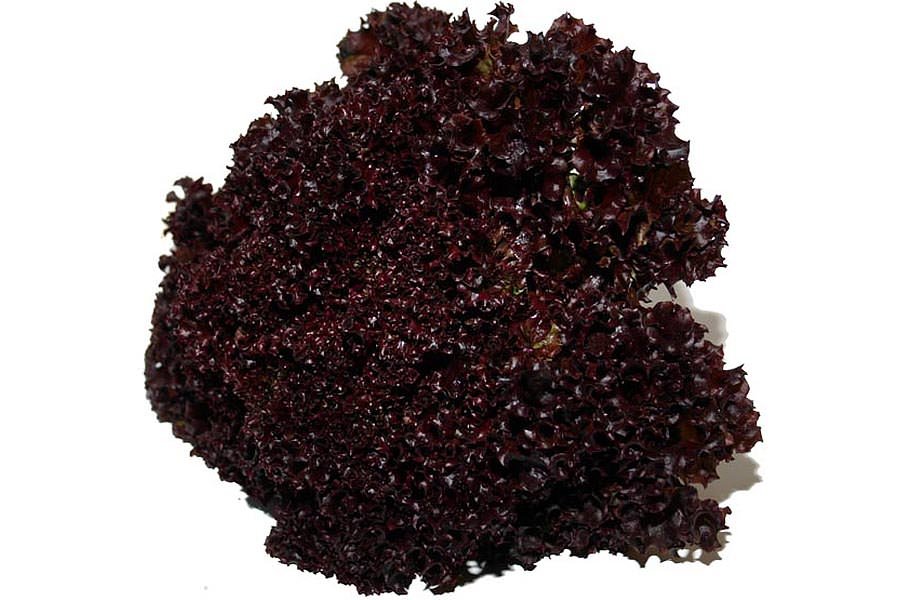
Fuente: http://almenu.co/fruver

As we can see there are different varieties of "Escarola", in today's post I want to talk about "escarole criollas".

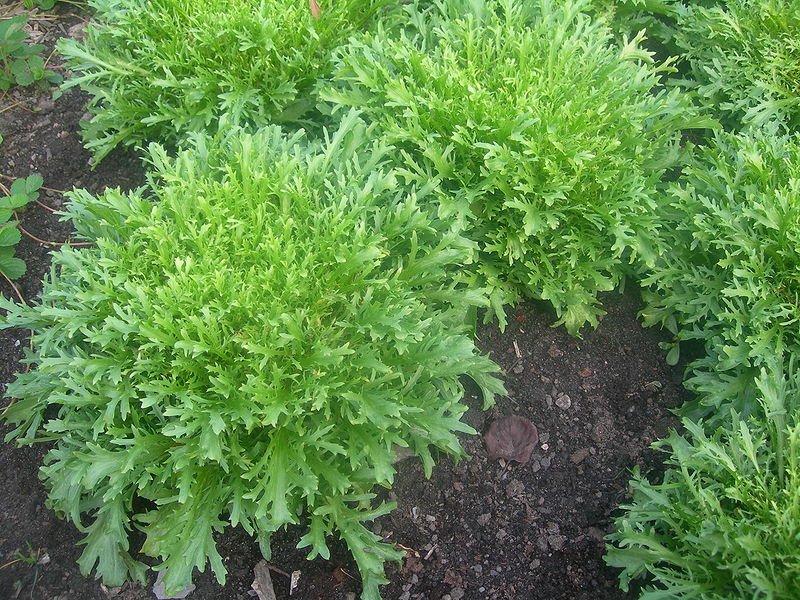
Fuente: http://www.huertoenalquiler.es/project/escarola/

The plant of the "escarole" is formed by a cocoon of leaves that can be smooth or curly according to its variety, the size also varies according to its origin or its variety, some arrive 20 centimeters high, its roots are very small As if they were small chins.
The plant has a maximum of one year of life, if the plant leaves a long time in the earth its central stem can grow up to a meter high and at its tip a beautiful blue flower blooms.

Fuente: http://perfumesylucesdeextremadura.blogspot.com.ar/2013/11/escarola-cichorium-endivia-flores.html

The work to plant the "escarole" is very simple, it has five fundamental steps, to clean the earth, to remove the earth, to fertilize the earth, to plant and to transplant, it is fundamental the preparation of the land for the success of the harvest.
The work begins by cleaning very well the surface to be planted, in this procedure removes all the yuyo or the grass with a hoe of hand, as we see in the image


Fuente: http://fullagro.blogspot.com.ar/2012/08/manos-la-obra.html

Once the soil has been cleaned, the whole weed must be raked and removed. After the removal of the weeds, the next step is to remove the soil, a depth of 30 centimeters or the height of a spade, this work is done to That the earth is soft and can develop without problem the plant of the "escarole"

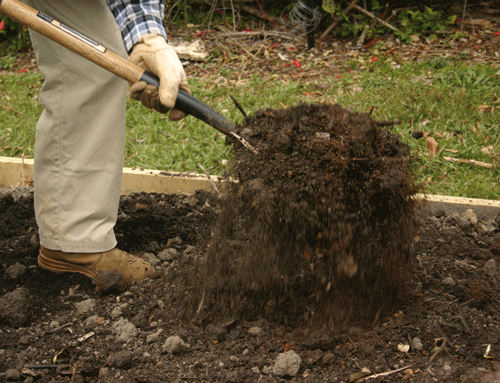
Fuente: http://semillasgrow.com/es/67-abonos-y-sustratos-

The next job is to fertilize the soil, fertilizer is mixed with the soil, here we use cow dung and hangover, the hangover is achieved in the forest, the leaves and sticks that fall to the ground are disseminated and Are mixed with the earth, this mixture of sticks, grass and black soil is what we call a hangover, others use garbage previously buried and scattered in the earth, once the surface has been fertilized, the earth must be raked again to leave the surface Smooth, as we see in the image.

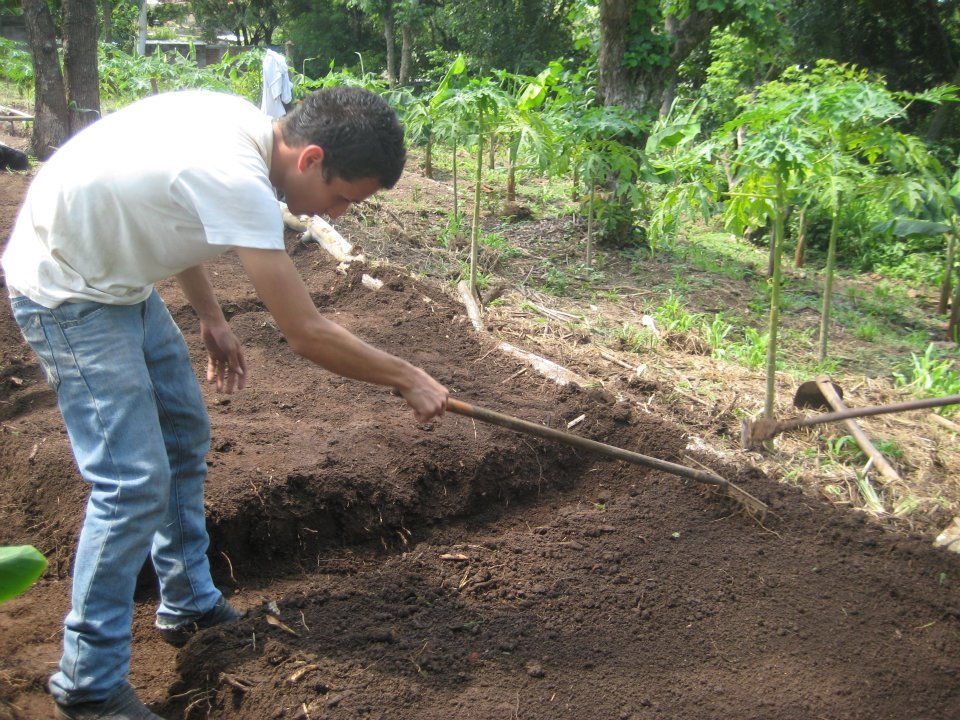
Fuente: http://fullagro.blogspot.com.ar/2012/08/preparando-para-la-siembra.html

Once matched to the ground, we are in a position to prepare our soul, we draw a few strands to form the rectangle 2 meters long by 70 centimeters wide, this is where we will plant our seed of the "escarole", see the image .

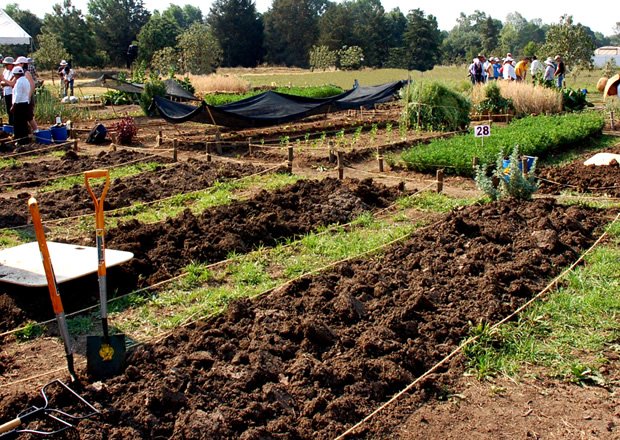
Fuente: http://www.fundacionxochitla.org.mx/sustentabilidad-ambiental/proyectos-ambientales/huertos-didactico-y-biointensivo.html

Once the soul is made, we are ready to start planting. The "escarole" grows from its own seed, the endive is a vegetable that can be planted all year round, adapts very well to the low and high temperatures, a seed is planted by hole with a separation of 10 centimeters between each hole until Cover the length and width of our soul,
Soon the plants will start to come out, it is essential to go cleaning maintenance by removing all the weeds, water frequently, the soil must always be moist, but not too much, the plant can not be submerged in water, between twenty and thirty Days of planting we will be able to transplant or when the plants have five to six leaves.

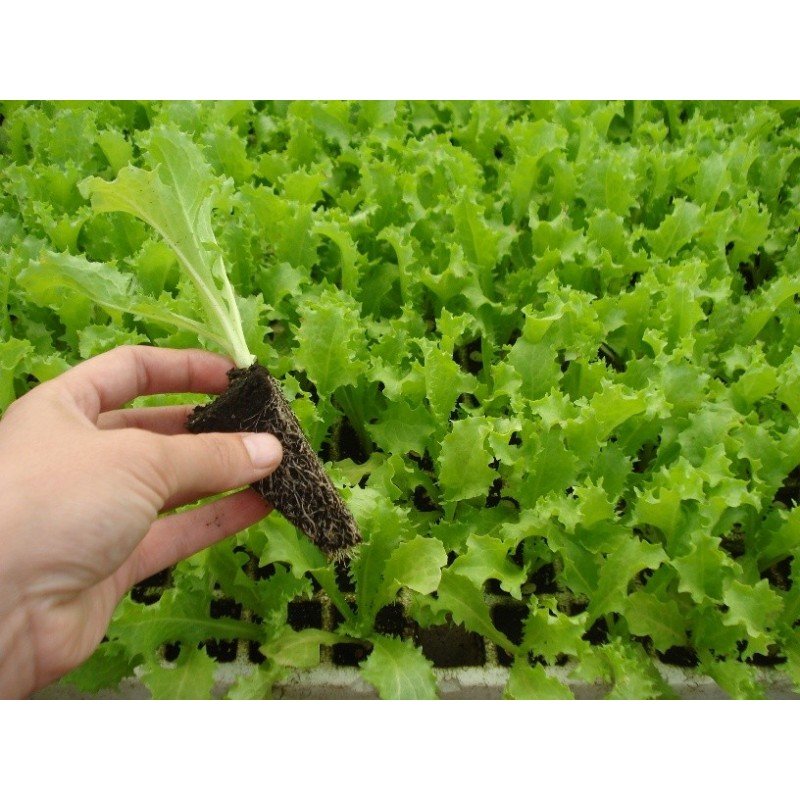
Fuente: http://www.huertabarbereta.com/temporada-de-invierno/137-cultivo-de-escarola.html

The "escarole" plant prefers places with little sun, before transplanting we have to choose the place very well and prepare the final storeroom, we must throw a few files to plant as straight as possible leaving a space of 40 centimeters between each file. As we see in the image

Fuente: http://viverospuenteretamar.blogspot.com.ar/

Once we have made the weeds and the weed, we are able to transplant our plant of the "escarole", we must plant a plant in each hole leaving a space of 20 centimeters between each plant, as we see in the image


Fuente: https://www.youtube.com/channel/UCarwFNj_luM2FooeVRZbNRQ

The "escarole" plant will be ready to harvest from the second to the third month of planting

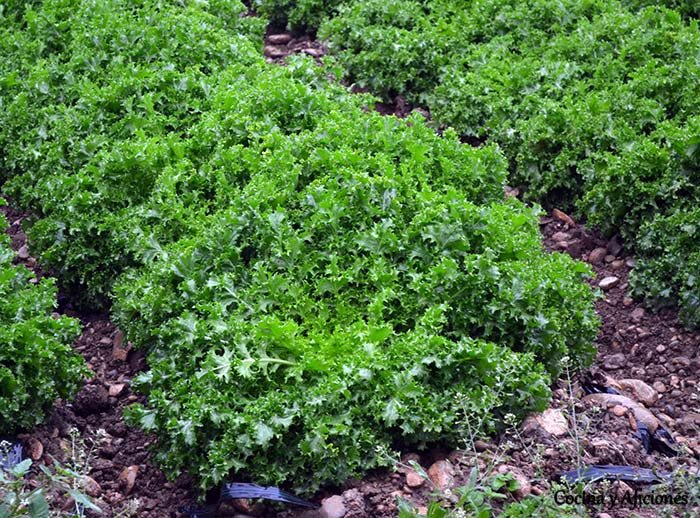
Fuente: http://www.cocinayaficiones.com/2014/10/las-lechugas-de-florette-del-campo-a-tu-plato-en-tiempo-record/

The harvest of the "escarole" is very simple, we can cut leaf by leaf or just the whole bud and leave a few centimeters down to sprout again, it is advisable to remove the leaves from the "escarole" every time we are going to consume , So they are always fresh. As we can see in the picture.

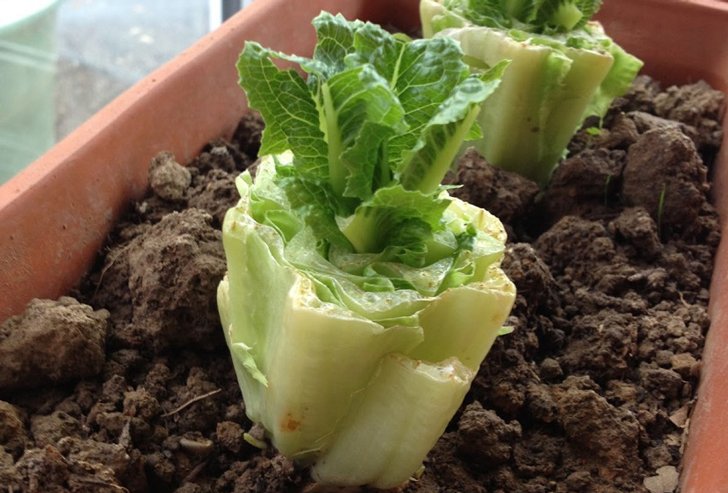
Fuente: http://www.upsocl.com/verde/9-vegetales-y-hierbas-que-puedes-plantar-despues-de-comerlas-y-volveran-a-crecer-siempre/

"Escarole" is very healthy for our body, has a lot of "folate" contributes to the "development of cells" ideal for women in a state of "pregnancy" prevents "cardiovascular and cancer"
It contributes "flavonoids" which is what contributes to the prevention of "cancer, thrombosis and atherosclerosis" contributes small doses of "vitamin C" potassium, vitamin B, antioxidants betacarotene and kaempferol "collaborates with digestion.
If you want to know more about the healing power of "escarole" you just have to enter the link
Fuente: http://www.frutas-hortalizas.com/Hortalizas/Efectos-saludables-Escarola.html

This vegetable in my province is consumed in many ways, raw, cooked, soups, steamed, cakes, tortillas, juices and in countless meals.

“Tarta de Escarola”

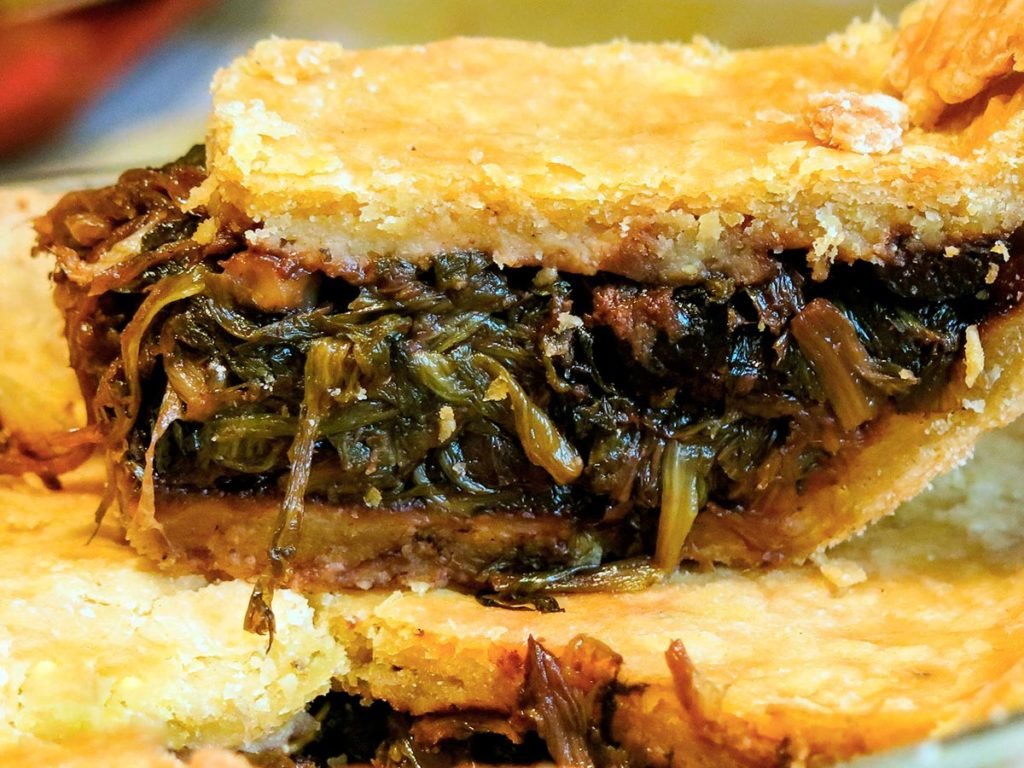
Fuente: http://www.laltoforno.com/mi-cocina-platos/

"Escarola al Horno”

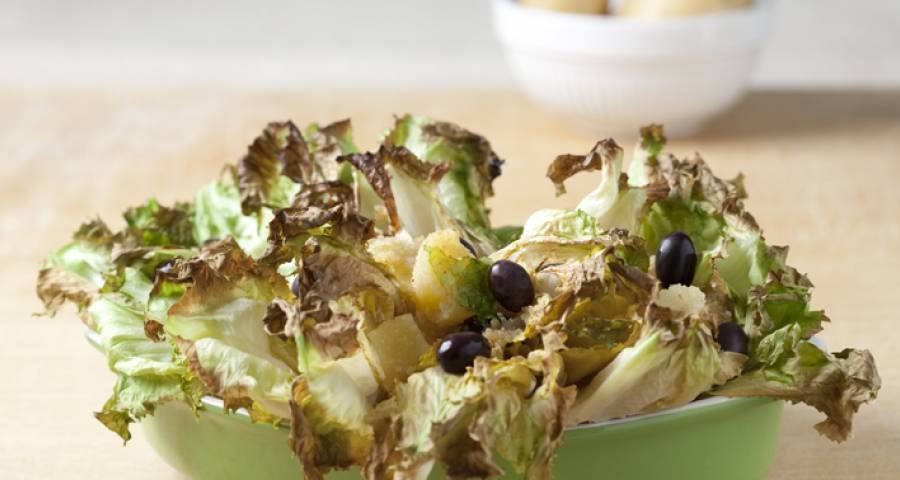
Fuente: http://www.gallinablanca.es/recetas/escarola/

"Tortilla de Escarola"

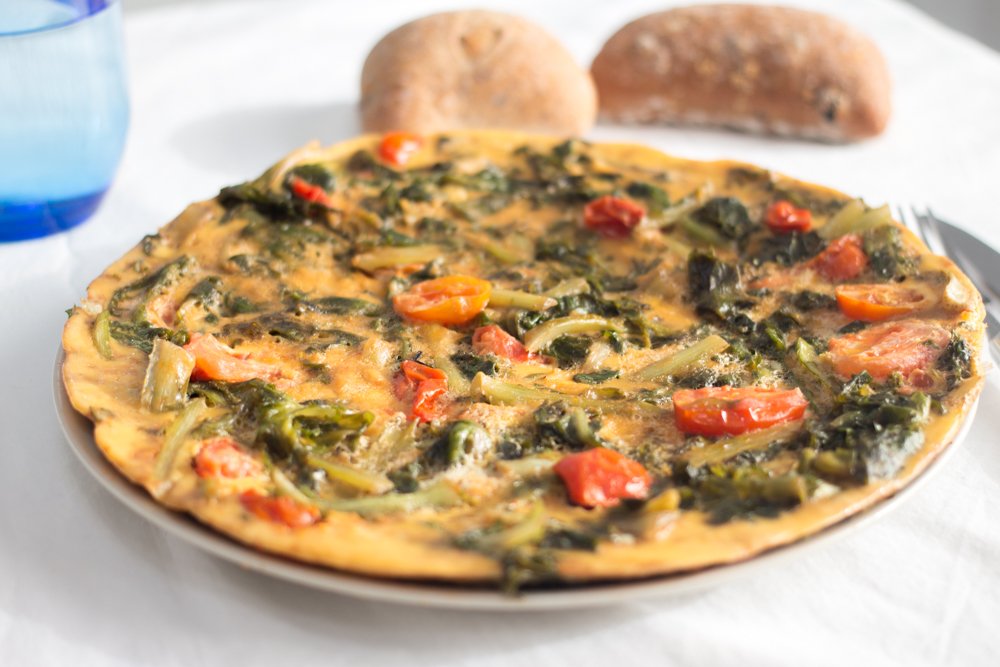
Fuente: http://www.delhortaalaporta.com/recipe/tortilla-de-escarola-y-tomates/

“Sopa de Escarola”

Fuente: http://loliestevez.blogspot.com.ar/2013/11/sopa-de-escarola.html

"Estofado de Escarola"


Fuente: http://blog-es.magiccooker.net/scarola-stufata/

"Ensalada de Escarola"

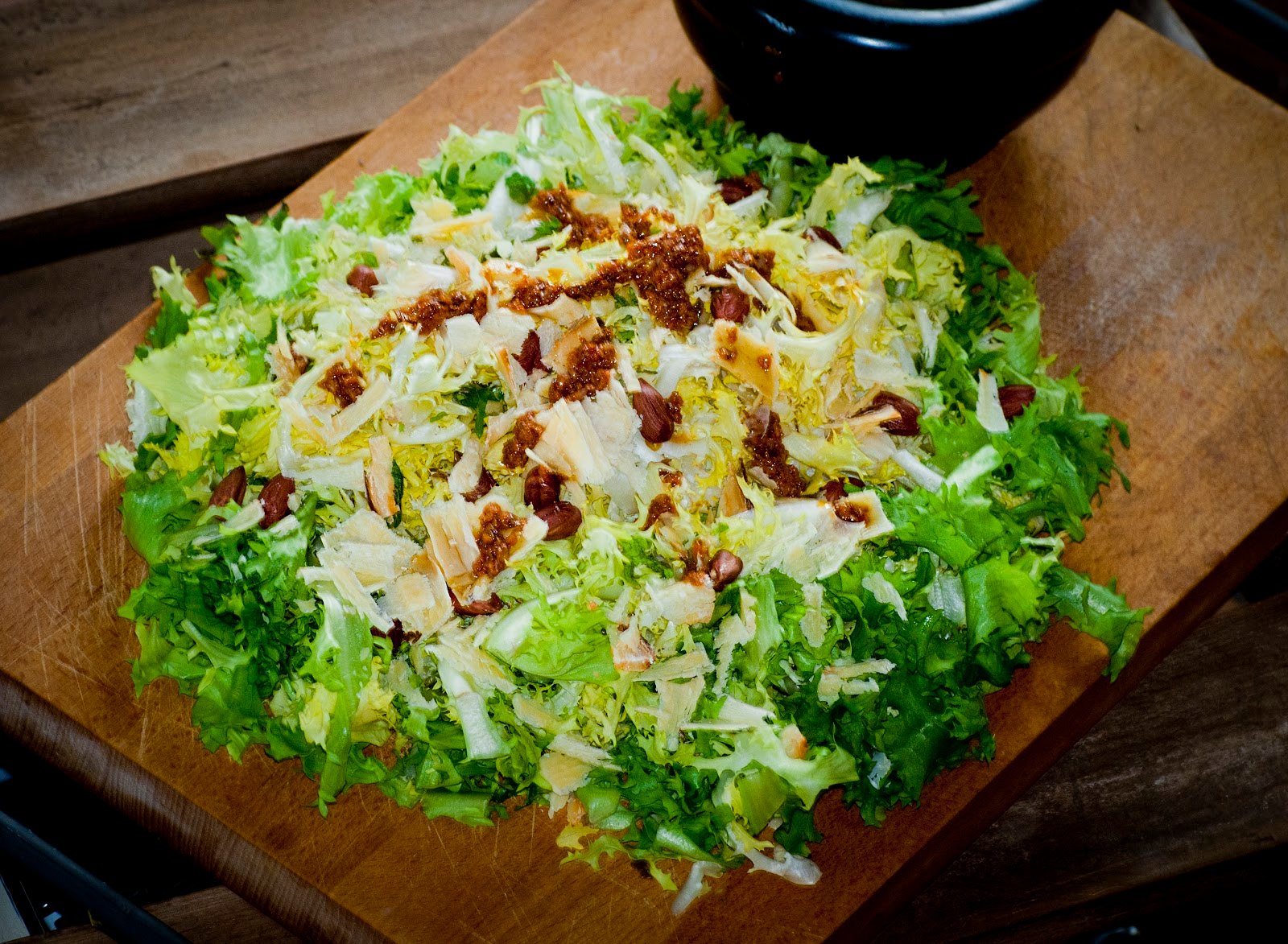
Fuente: http://hoyparacenar.blogspot.com.ar/2013/02/ensalada-escarola-avellanas-queso.html

"Hamburguesa de Escarola"


Fuente: http://sandratiradocoach.com/las-5-mejores-hamburguesas-veganas/

"Empanada de Escarola”

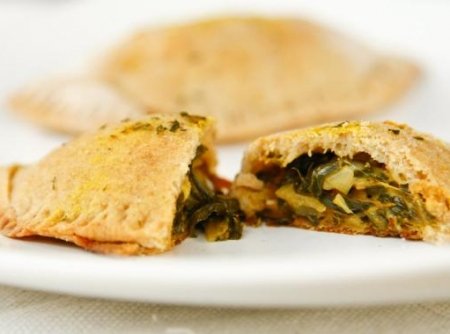
Fuente: https://es.pinterest.com/pin/573997914985675639/

"Jugo de Escarola"


Fuente: https://www.terra.com/vidayestilo/salud/nutricion/jugo-de-clorofila-limpia-el-organismo-y-ayuda-a-adelgazar,714e4087ceae9310VgnVCM3000009acceb0aRCRD.html

The use of the escarole is infinite, everything has to do with the ingenuity of the cook, they can be used in infinities of form, this product includes daily in the intake of my Corentinos brothers, I hope you enjoyed as much as I did in the post .
Bon Appetite.
For more information just enter the links that I leave below.


Fuente: http://www.sermamaencancun.com/que-comes-cuando-te-baja/

Fuente: http://www.frutas-hortalizas.com/Hortalizas/Presentacion-Escarola.html
Fuente: https://es.wikipedia.org/wiki/Cichorium_endivia

I'll wait for you tomorrow to enjoy another account of my land in Corrientes.

José Luis Fernández
Corrientes Argentina




The idea of this initiative is an international literary contest in which the prizes are relevant enough to draw the attention of the media outside of steemit and attract new users. Cripto-Cervantes: International Short Story Award at Blockchain.
For more information go to the reference link
@cervantes/cripto-cervantes-international-short-stories-writing-competition-on-the-blockchain-premio-internacional-de-relatos-cortos-en-el
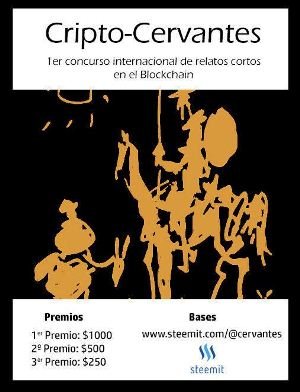

Do not forget to vote for the witnesses, join the link and collaborate with your vote, Support the Spanish speaking community (cervantes), We are many people of Spanish speech that we have to thank your support, please vote for Cervantes, Enter the link To know more about who are representing our community. Again thank you very much.
@cervantes/cervantes-witness-supporting-the-spanish-speaking-community




https://steemit.com/~witnesses

If it was to your liking, please help spread my channel, reesteemit. This action can be the big difference and make my work known more
